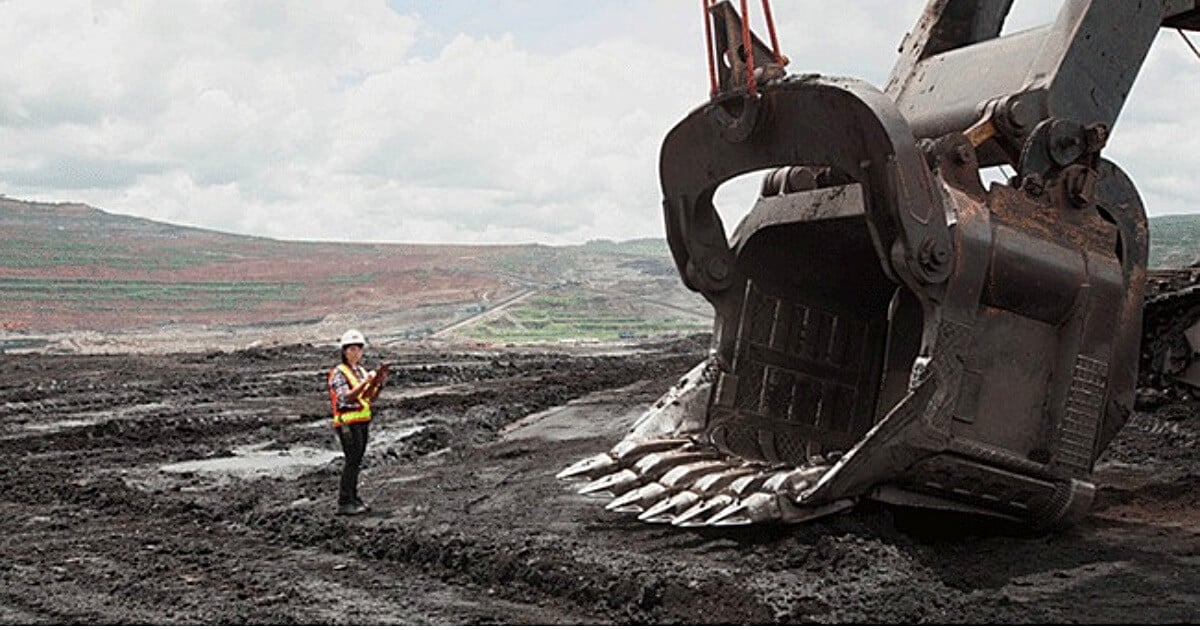What is the nature of the issues we face today? Which possibilities are open to us tomorrow? To answer these questions, we must uncover the deep historical roots of our extractive economic system.
| This post is part of a reading series on Stellar, by James Arbib and Tony Seba. To quickly access all chapters, please click here. Disclaimer: This chapter summary is personal work and an invitation to read the book itself for a detailed view of all the authors’ ideas. |
The Neolithic Revolution
For hundreds of thousands of years, humans were hunter-gatherers bound to a nomadic pursuit for food determined by geography, the seasons, and animal migration patterns. Under these conditions, there was no possibility of organizing at scale beyond small groups of individuals who would directly rely on each other. Technological progress was constrained to what was portable and immediately useful for survival, such as fire, sharp-edged tools, language, and basic weapons.
The Neolithic Revolution, which occurred approximately 12,000 years ago, marked a significant turning point in human history. Allowing the storage of grains and cattle in one place, agriculture made it possible to feed more people more regularly. No longer were our ancestors simply grazing off the earth’s natural bounty; they were extracting, harnessing, and shaping resources within the framework of a production system: wood for building and burning, minerals for tools and equipment, plants for food, clothing, and medicine, and animals for food, transportation, and energy. Knowledge and labor became factors of regular progress thanks to the constant collective addition of intelligence, drive, ingenuity, and creativity that had not been possible in small, scattered communities always on the move. All this drove the Homo Sapiens population from its foraging ceiling of just five million at the dawn of the Neolithic era to 50 million by the time of the first known civilization, Sumer, 7,000 years later.

